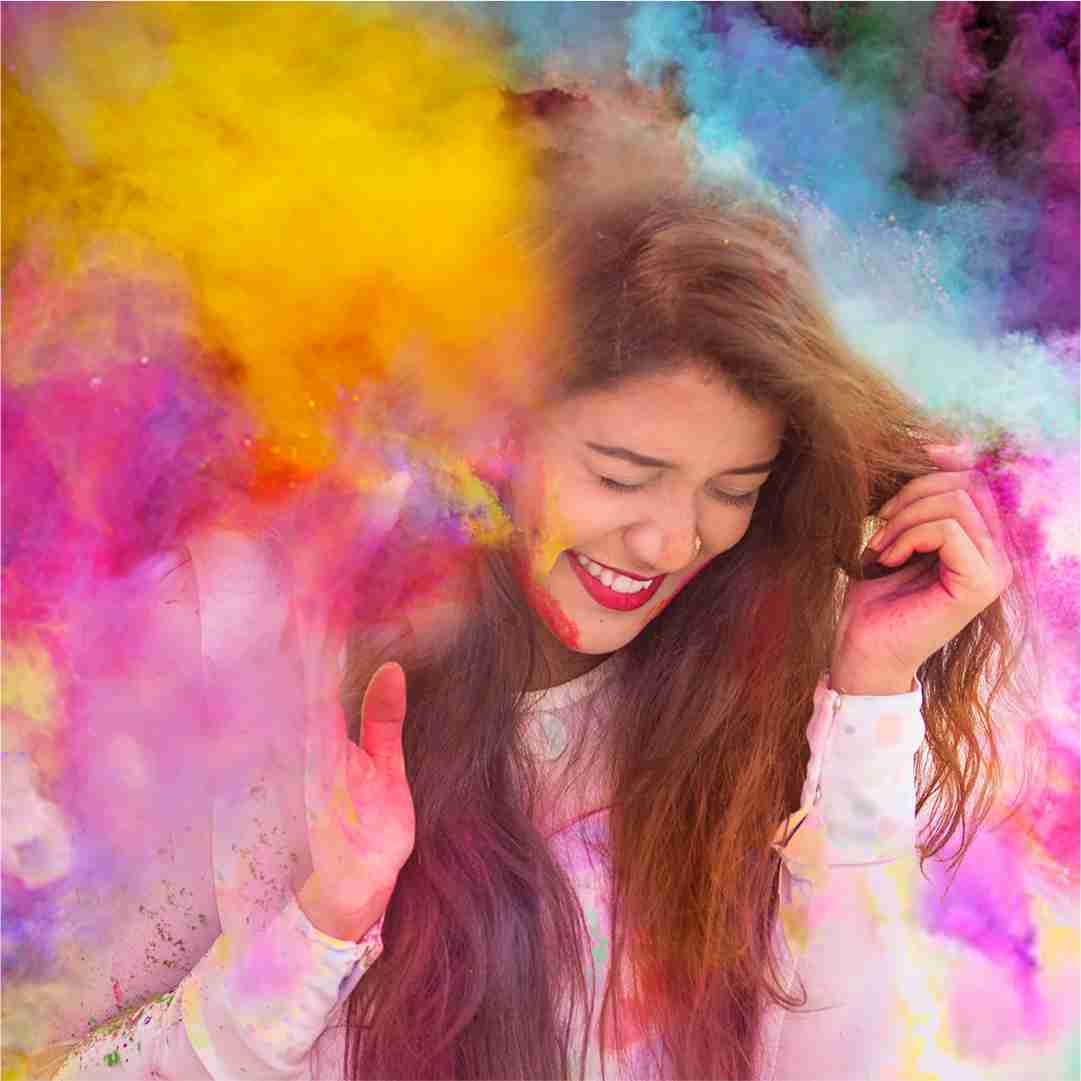
9 Unique Facts About Holi You May Not Know
Holi is also known as the Festival of Colors. The tradition dates back to ancient times and has its roots in Hindu mythology. In the epic Mahabharata, Krishna threw a party where he played the flute and danced around with his friends. This was followed by a fight between good and evil. When the battle ended, everyone got covered in colorful powder.
Holi is a celebration of love and friendship. People celebrate the festival by throwing colors at each other and having fun. It is celebrated on the full moon day of Phalgun Purnima (the last lunar month).
Here are 9 Interesting Facts About Holi you may not know:
Fact #1
The origin of Holi is intertwined with two mythological tales. Firstly, the demon king, Hiranyakashyap wanted to be worshipped as a god and ordered his son Prahlad to do so. But Prahlad refused to worship his father and instead worshipped Lord Vishnu. Hiranyakashyap tried to kill Prahlad several times but failed each time. Finally, he asked his sister Holika to help him kill Prahlad. Holika had a special power that made her immune to fire. So she tricked Prahlad into sitting on her lap while she sat in a fire pit. However, Lord Vishnu saved Prahlad and instead Holika burnt to ashes.
On the night before Holi, women light bonfires and burn Holika. They believe that if they don’t do this, their homes will be attacked by demons.
Fact #2
According to Hindu mythology, Lord Krishna was dark in complexion, and he felt that the fairer Radha wouldn't accept his love. Hence he smeared color on her face, and she finally accepted him. This is why Holi is celebrated as a festival of love and colors.
Fact #3
In South India, Holi is also known as Doljatra or Dola Purnima and is celebrated in late February or early March. They believe that the festival is in honor of Lord Kamdeva, a divine being who sacrificed himself to appease Lord Shiva. This makes the holiday more meaningful to them, and they often spend more time celebrating it with family and friends.
Fact #4
Holi powder is prepared using cow dung, sandalwood paste, and water. It is used to cover people during Holi celebrations in some parts of the country.
Fact #5
Holi kajari is a traditional form of entertainment that involves a group of men playing musical instruments while dancing.
Fact #6
Since 2013, widowers in Vrindavan have started celebrating Holi two days before the festival. This is in keeping with the true essence of Holi, which is to break old bonds and form new ones. Even though the actual festival doesn't start until the next day, widowers are already enjoying themselves by playing games and throwing colors. They believe that this is a good way to begin the festivities and to get rid of any sadness or grief they may be feeling.
Fact #7
Holi is not just celebrated in India - it is also popular in other countries with large Hindu populations, such as Nepal and Sri Lanka. In Nepal, Holi is called the "Bhote Utsav" and is celebrated in Kathmandu, Pokhara, and Lalitpur. In Sri Lanka, Holi is called "Pulangi" and is celebrated in Polonnaruwa and Kandy.
Fact #8
In Pakistan, Holi is celebrated as ‘Punjabi New Year’. People dress up in new clothes and visit relatives. They also mark their calendars, which start on Holi. In the Punjab region of Pakistan, people celebrate Holi by throwing colored powder at each other and at a large bonfire.
Fact #9
Holi has its international significance too, In China, Holi is celebrated as the "Spring Festival". In Japan, Holi is celebrated as "The Festival of Colors". In South Korea, Holi is celebrated as "Korean New Year" and is similar to the Chinese celebration.
Conclusion
In conclusion, Holi is a festival that is celebrated all over the world for different reasons. While the specifics of the holiday may vary, the celebration is always joyous and colorful. There are many ways to celebrate Holi, so everyone can find their own way to enjoy the holiday. Whether you participate in the traditional activities or find your own way to have fun, Holi is a great time to celebrate.

Leave a comment